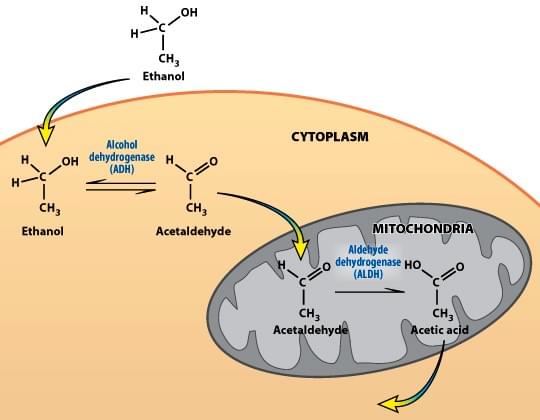Custom MemPro™ Services for Aldehyde Dehydrogenases
Creative Biostructure can provide custom MemPro™ gene-to-structure services for aldehyde dehydrogenase.
Aldehyde dehydrogenases (ALDHs), found in all living organisms from Archaea and Eubacteria to eukaryotes, are a large group of polymorphic enzymes that can catalyze the oxidation of aldehydes to carboxylic acids, which leave the liver and are metabolized by the body’s muscle and heart. ALDH also refers to long-chain-aldehyde dehydrogenases, which is encoded by ALDH3 and involved in the removal of toxic aldehyde generated by alcohol metabolism and lipid peroxidation. It is widely expressed on the surface of endoplasm reticulum, and any saturated or unsaturated fatty acids between 6 to 24 carbon lengths can act as its substrates. The human ALDH superfamily includes 19 isozymes that have important physiological and toxicological functions. The activity of ALDH is important for the biosynthesis of retinoic acid, a key regulator of vertebrate development, and for the metabolism of the neurotransmitter GABA. It is reported that dehydrogenase enzymatic activity of ALDHs plays important roles in alcohol metabolism through aldehyde detoxification and in cellular homeostasis by eliminating reactive aldehydes derived from lipid peroxidation. In addition, ALDHs can function as esterases and perform nonenzymatic functions, such as reducing osmotic stress in plants, binding to macromolecules (such as androgen and cholesterol) and protecting the mammalian cornea from UV exposure. ALDH isozymes that result in diminished enzymatic activity are associated with several clinical disease states, including Sjögren-Larsson syndrome, Type 2 hyperprolinemia, pyridoxine-dependent seizures, hyperammonemia, γ-hydroxybutyric aciduria, and alcoholic liver disease.
 Figure 1. Ethanol metabolism and the function of ALDH.
Figure 1. Ethanol metabolism and the function of ALDH.
Deficiency of aldehyde dehydrogenase will cause a sjöegren-larsson syndrome (SLS). SLS is a rare autosomal, recessive and neurocutaneous disease, mainly characterized by ichthyosis, leg spasms and mental retardation. Therefore, ALDH superfamily proteins have a wide range of applications in treating disease states.
Creative Biostructure can provide various custom MemPro™ gene-to-structure services for membrane protein family, including the identification, isolation, purification, stabilization, and crystallization of membrane proteins of your interest. Please feel free to contact us for a detailed quote.
References:
Aldehyde dehydrogenase. (https://en.wikipedia.org/wiki/Aldehyde_dehydrogenase).
C.H. Chen, et al. (2014). Targeting aldehyde dehydrogenase 2: new therapeutic opportunities. Physiol. Rev., 94(1): 1-34.
V. Koppaka, et al. (2012). Aldehyde dehydrogenase inhibitors: a comprehensive review of the pharmacology, mechanism of action, substrate specificity, and clinical application. Pharmacol. Rev., 64(3): 520–539.
Y. Wei, et al. (2009). The roles of aldehyde dehydrogenases (ALDHs) in the PDH bypass of Arabidopsis. BMC Biochem., 10(7): 10.